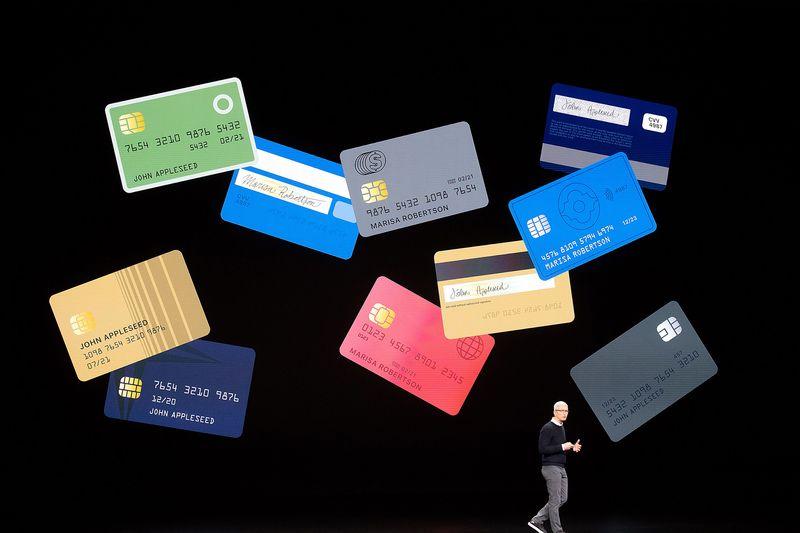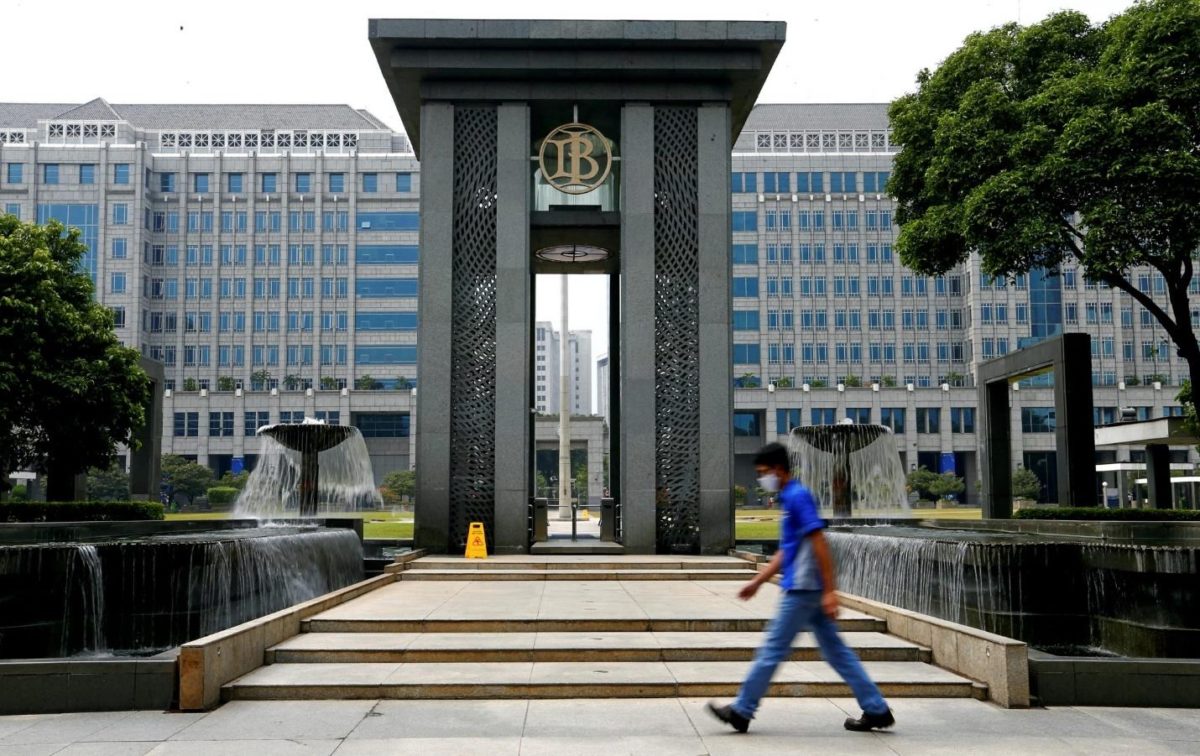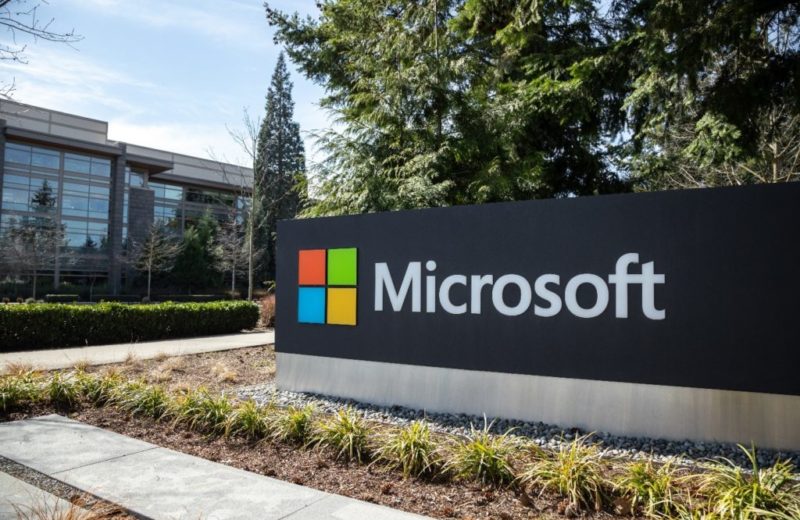Apple’s lineup of new financial services is nowhere close to the destination spot at this point. The new services include “buy now, pay later” deals, an iPhone subscription plan, and savings accounts. In addition, the firm has shifted those responsibilities from its CEO of retail to its first Chief People Officer.
One of Apple Inc’s key growth prospects is its expansion into financial services, and that is complex. Engineering and technical setbacks have plagued the company’s new initiatives, resulting in slow development and missed deadlines.
The tech whale has introduced at least two new features in the last eight months. These are a “buy now, pay later”-style service, and a savings account program linked to the Wallet app. Apple Pay Later launched in June, and the company anticipated it to come out this September. Meanwhile, the latter was unveiled in October and was supposed to be shipped a few weeks ago.
What else is delayed in the pipeline?
There are two other financial initiatives also late on track. The first one is an iPhone hardware subscription program. There’s also Apple Pay Monthly Installments, which is an expanded version of the Pay Later program. It can deal with larger transactions over wider periods with interest charged.
One of Apple’s most ambitious financial goals is to build this underlying platform. The business is working on its own algorithms for handling interest calculations, credit checks, rewards, approvals, and transaction histories. At this point, the partners of an initiative called “Project Breakout” manage all of these.
There have been encouraging signs recently. The firm is now ready to offer the first version of Apple Pay Later to users after a several-month hiatus. It began allowing corporate Apple employees to try out the feature a few weeks ago. It also opened it up to retail workers earlier this month, constituting ten of a thousands-strong focus group.
Employees who participate in the beta test may not share screenshots or demonstrations of the feature, according to a memo sent to retail employees. They can’t talk about it with anybody, not even their fellow Apple employees.
















